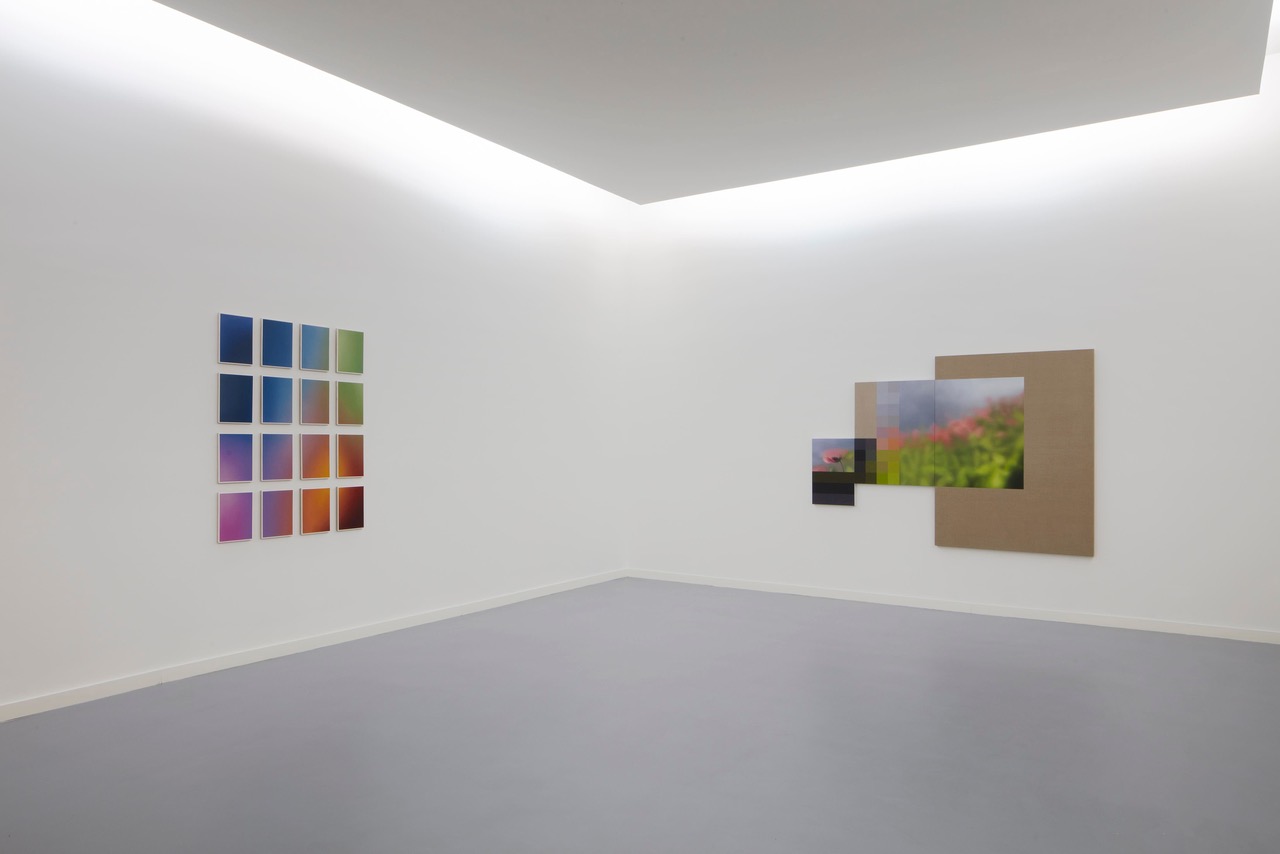
Javier Peláez
Un posible jardín
Guided tour
-> Nov 16 2024 – Nov 30 2024
Casa Siza
Saenger Galería invites you to the guided tours of the show Un posible jardín by Javier Peláez in Casa Siza.
The guided tours will take place on Saturdays, November 16, 23 and 30 from 12 to 3pm. The first two in the company of Christian Barragán, the curator of the exhibition, and the last one in the company of the curator and the artist. There will also be an open day on Wednesday, November 20 from 1 to 9pm.
Similar to the Berlin Kleingärten, which were built with the aim of having a separate refuge from home to rest from the daily routine, the exhibition Un posible jardín has been designed by Javier Peláez with the purpose of having an additional site to his studio in which he has, in his own words, “the opportunity to take on [another] part of my nature”, and even more, a physical and mental place where the choice of painting is a physical and mental one, in his own words, “the opportunity to take on [another] part of my nature”, and furthermore, a physical and mental place where the choice to paint flowers expresses “an unabashed position before my interest in the threatening beauty of poisonous flowers, which have at the same time the potential to heal and to sicken”.
Indeed, Un posible jardín represents another shore in Pelaez's trajectory where the proximity and remoteness of the same concern congregate: flowers have been present in his work for more than ten years, although they have received modest attention. Whether hyperrealistic, gestural or close to abstraction, flowers have been a constant through which Peláez has explored and expanded the margins of his exercise, as evidenced by the series Fake Flowers (2012), Flores explotadas (2020) and Flores venenosas (2020). With this new facet, the artist also ventures into a political, economic and social terrain of transcendental impact, since behind several floral species included in this exhibition, there awaits an opaque story about their cultivation, trade and consumption.
Faced with this otherness, Peláez has opted for a painting that delves into “the limits between the natural and the artificial, between the digital and the analog”, and has continued to work with toxic flowers used in medicine, in rituals and as recreational drugs that possess a duality of beauty and threat. Some examples of this botanical museum are the lily (a specimen around which Peláez developed the Blue Lotus exhibition at Saenger Gallery during 2023), the black iris, the lady of the night, the chrysanthemum, the azalea, the daturas and the poppy, a species from which medicines such as morphine and codeine are produced, or high-risk drugs such as heroin and opium gum. This same plant is also used to produce the poppy oil that Peláez uses in the varnish of his paintings exhibited here.
In addition to these interests in which art, botany, pharmacology and the study of everyday life coincide, Un posible jardín presents a new group of works derived from previous explorations, distinguished by a fragmentary and modular pictorial treatment, hyperrealist and “blurred vision”, with divided or superimposed screens. Another quality of this collection of pictorial approaches is the use of grisaille, a technique that Pelaéz employs to achieve greater veracity through the use of chiaroscuro and gradations of a single color.
It is precisely this strategy and this purpose, together with the iconographic use of photography and memories as base material in the configuration of the painting, an approach that Pelaéz shares in the present with the Basque artist Alain Urrutia (Bilbao, 1981), whose work is part of this exhibition in a mirror gesture to what happened a few months ago in this same space, when Urrutia's show housed a work by Pelaéz, thus establishing a correlation between the practice of one and the other.
In this timeless narrative, Urrutia's painting highlights the only human figure present in this vegetal fiction: a place with the potential of a refuge to escape from the current noise of the world and at the same time to settle in it, even if momentarily, in a different way. After all, wrote Fabio Morábito in his account of the Berlin Kleingärten, a “garden is an experience of incessant containment and correction”. So it is also for Javier Peláez in this pictorial garden.
–Christian Barragán